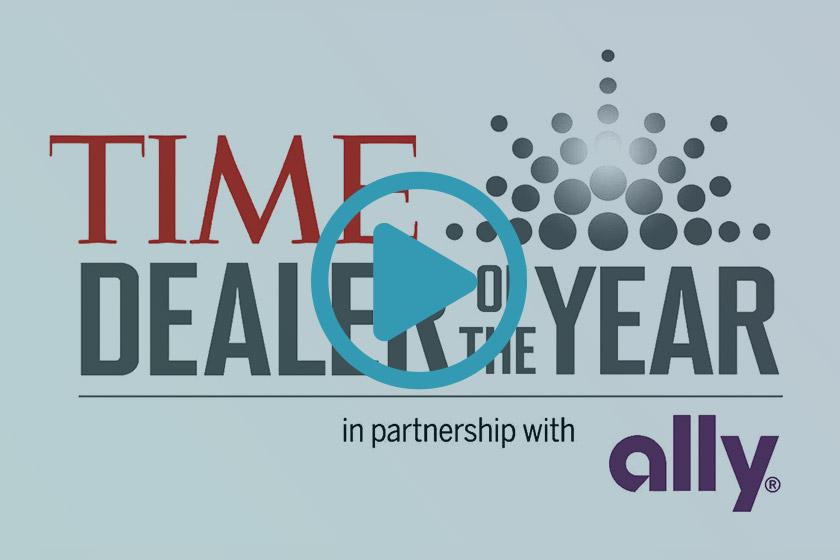Small businesses can accomplish so much through posting original content to Facebook—developing an audience, building brand visibility, and engendering social shares of their best content. However, to really get the best results from Facebook, organic reach is insufficient; it must be paired with an investment in paid ads. Fortunately for small business owners, Facebook’s built-in ad platform is a robust tool that offers many opportunities for targeted advertising. When used strategically, it’s an investment that can pay off handsomely.
This may sound like a daunting proposition for those who lack familiarity with Facebook ads. What follows are a few guidelines and best practices to help you find your footing and lay the foundation for a strong Facebook advertising campaign.
Review Facebook’s Ad Guidelines
Your efforts will be most successful when you understand Facebooks basic guidelines and parameters. This way, you can eliminate any obstacles that might pop up during your ad creation.
Of course, you can review the rules on Facebook itself, but for some quick highlights, make note of these points:
- Text in images is limited; for the best delivery results, you’ll want to make sure that your images are no more than 20 percent covered by text.
- Your ads should be devoid of profanity or offensive language; poor grammar or punctuation can also get your ads rejected.
- There are certain things you’re just not allowed to advertise on Facebook—including drugs, tobacco, adult products, unsafe supplements, etc.
Remember, as an advertiser, it’s your responsibility to understand Facebook’s guidelines—and if you run afoul of those guidelines, don’t be surprised if your ads are not approved for delivery.
Set Up a Facebook Pixel
Setting up a Facebook Pixel may be one of the most significant digital marketing moves you ever make. That’s because a Pixel significantly boosts the value you get from all other Facebook advertising endeavors.
Your Pixel is simply a small piece of HTML coding you can place on your website—a non-invasive cookie that helps you track the activity of those who visit your site and engage your ads.
Once you create your Facebook Pixel—a simple process that’s largely automated by Facebook—you’ll be able to:
- Track conversions. Gain insight into exactly how people interact with your site after seeing one of your Facebook ads. This data can be invaluable in shaping your future Facebook advertising decisions, making them as effective as possible.
- Continue to display ads to those who have visited your site, even once they navigate away from your page! Keep your brand at the forefront of their mind.
- Create lookalike audiences. Develop a Facebook audience that mirrors the demographics of your established visitors/buyers, allowing you to effectively broaden your reach.
Embrace Remarketing
Creating your Pixel is the first step in remarketing—but not the only one. Understand that Facebook provides you with a number of ways to build custom audiences and to ensure that your ads are displayed only to warm leads—those consumers who are most likely to follow you down the sales funnel. Some specific ways to create a custom audience include:
- Importing contact information directly from your email database, or even from a contact list displayed on an Excel spreadsheet.
- Running ads to those who have already visited your website, or who have specifically browsed certain product or service pages (you’ll need Pixel to make this happen).
- Display ads to audiences based on previous Facebook engagement—a great way to cultivate a vibrant online following for your brand.
Also remember what we said before about lookalike audiences. This option allows you to provide Facebook with basic demographic information about your customers, and Facebook will in turn create a custom audience for you, made up of people who match those demographics. In other words, you can reach out directly to people who fit your buyer persona but may not have heard of your company before—a powerful way to boost brand awareness.
Additional Tips for Effective Facebook Ads Use
There is much more that could be said about Facebook advertising savvy; here are a few specific takeaways.
- Always make sure you use high-quality, engaging images in your ads. That’s what ultimately draws attention. A specific approach is to ensure your ads are positive, because people like to feel good when they go on social media. Smiling faces and bright colors tend to be most effective.
- Test everything! Run A/B tests of your ads to see which images, which ad copy, and which calls to action seem to get the best results. Facebook makes it easy for you to mine rich data, so take full advantage of it!
- Don’t forget about targeting. Facebook allows you to truly hone in on the exact people to whom you wish to display your ads—not just according to age or geography, but according to things like hobbies, stage of life, values, etc. The better you know your buyers, the more precisely you can target your ads.
- You may be tempted to use the Boost Post function, allowing you to throw some ad dollars behind a popular Facebook post. This is not necessarily a bad thing, but note that this avenue prohibits you from using some of the more advanced targeting options we’ve discussed here. A boosted post is not the same thing as a carefully-calibrated ad, and in many cases, it won’t prove as effective.
Get Guidance with Your Social Media Advertising Endeavors
To make Facebook advertising work well, you need to invest both money and deliberative thought—and for Facebook Ads novices, that’s a bit of an uphill climb. Remember that you don’t have to go it alone. We’d love to advise you along your Facebook advertising journey, and in fact we’re happy to run your campaign for you. Reach out to enCOMPASS to start that conversation today.
SHARE THIS ARTICLE:



